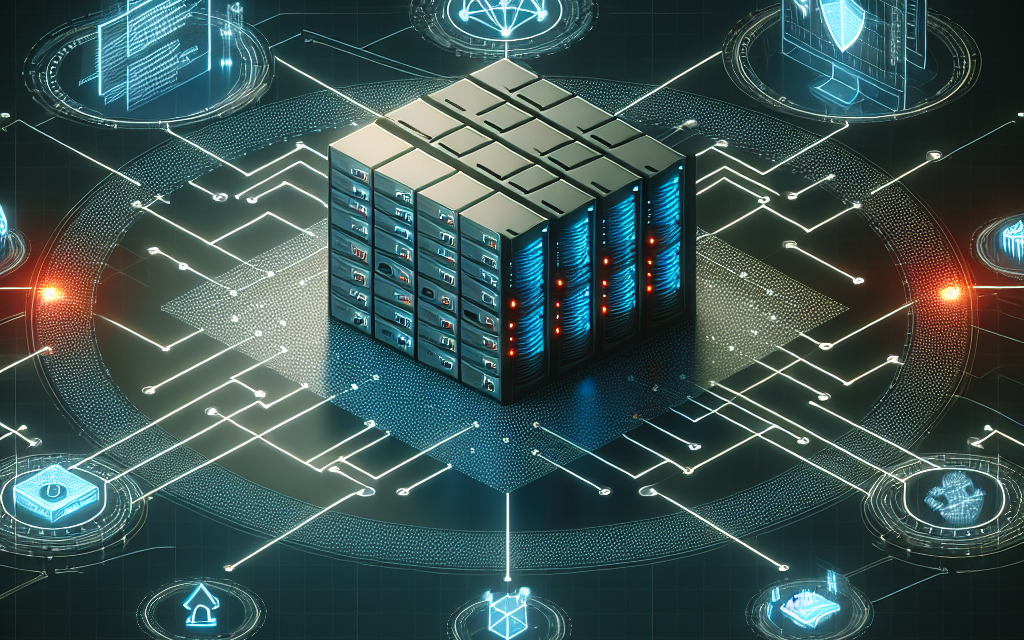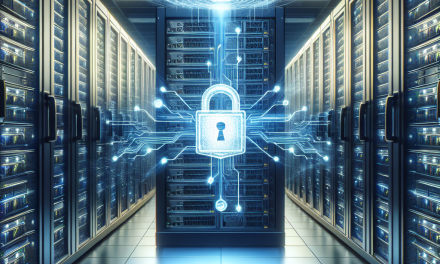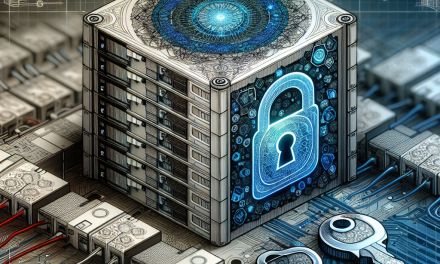In the ever-evolving landscape of cybersecurity, organizations are constantly looking for ways to bolster their defenses against potential threats. One crucial element of a robust security framework is the use of a Demilitarized Zone (DMZ) server. In this article, we will explore what a DMZ server is, its purpose, and how it contributes to overall network security.
What is a DMZ Server?
A DMZ server, or Demilitarized Zone server, is a specialized type of server that sits between an organization’s internal network and the external internet. Its primary function is to provide an additional layer of security by isolating the internal network from external access. Essentially, the DMZ acts as a buffer zone where servers can be exposed to the internet without compromising the security of the internal network.
Key Characteristics of a DMZ Server:
-
Isolation: The DMZ is designed to be separate from the internal network, reducing the risk of external attacks directly accessing sensitive data or systems.
-
Limited Control: In the DMZ, systems are typically configured with minimal internal access rights, which means that even if an attack compromises a DMZ server, the internal network remains protected.
- Layered Security: DMZs are part of a layered security model that includes firewalls, intrusion detection systems, and other security measures to enhance overall security posture.
Purpose of a DMZ Server
The primary purpose of a DMZ server is to enhance network security by allowing for controlled access to certain services and applications. Here are some of the key functions and benefits of using DMZ servers:
1. Hosting Public-Facing Services
Organizations often need to host public-facing services such as web servers, email servers, and FTP servers. By placing these services in a DMZ, organizations can ensure that external users can access them without directly interacting with the internal network.
2. Enhanced Security for Internal Networks
By isolating potentially vulnerable services in the DMZ, the risk of a cyberattack on the internal network is minimized. If a DMZ server is compromised, attackers still face several layers of security before they can access sensitive internal resources.
3. Reduced Attack Surface
DMZs limit the exposure of internal resources to the external world, thereby reducing the attack surface. By keeping critical systems off the public internet, organizations can better protect valuable data and applications from unauthorized access and breaches.
4. Improved Monitoring and Response
DMZ servers typically generate significant logs and traffic data, which can be invaluable for monitoring and threat detection. Security operations teams can analyze this data to identify potential security incidents or attempts to breach the network, providing an opportunity for proactive defense measures.
5. Compliance and Regulatory Requirements
Many industries have regulatory requirements that mandate certain security practices, including segmentation of networks. The use of DMZs can help organizations adhere to compliance standards by providing a clear separation of systems and data.
Implementing a DMZ
Setting up a DMZ requires careful planning and implementation. Here are some essential considerations:
-
Network Architecture: Design the network architecture to facilitate the DMZ, typically using firewalls to segregate the DMZ from both the external internet and the internal network.
-
Firewall Configuration: Configure firewalls to allow only specific traffic to and from the DMZ. For example, a web server in the DMZ should allow HTTP and HTTPS traffic, while restricting access to other ports.
-
Security Protocols: Implement robust security protocols, such as intrusion detection systems (IDS) and regular vulnerability assessments, to monitor the DMZ environment.
- Hardening Systems: Ensure that all systems within the DMZ are hardened and regularly updated. Limit unnecessary services that could be exploited by attackers.
Conclusion
A DMZ server is an essential component of a multi-layered network security strategy. By providing a controlled environment for public-facing services, organizations can effectively reduce risks and protect their internal networks from potential threats. As cyber threats continue to evolve, understanding the role of DMZ servers and implementing best practices for their management will be key to maintaining a secure IT environment.
At WafaTech, we believe that information security is integral to organizational success. By adopting a structured approach to DMZ implementations, businesses can safeguard their data, maintain customer trust, and fulfill compliance obligations, ultimately contributing to stronger operational resilience in today’s digital world.





